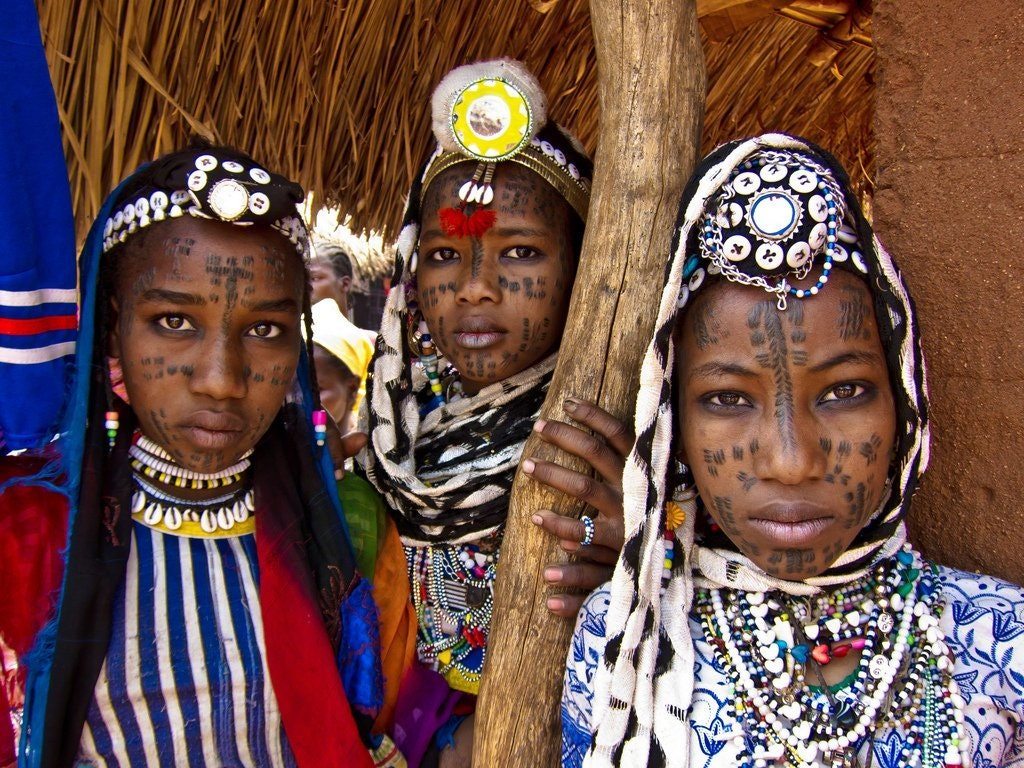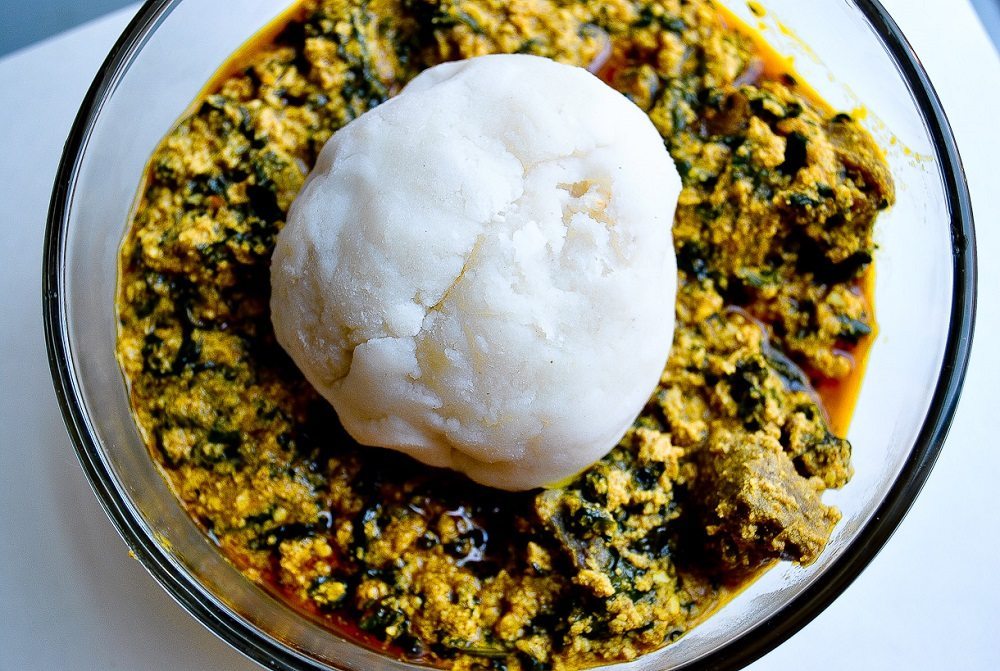Africa is a continent made up of 54 independent countries as well as a rich mixture of cultures, native people, history, and economy. Its scenic variety and beauty is quite stunning as it boasts of vast tropical rain forests, deserts, fertile grasslands, and rugged mountains. It is full of flora and fauna unmatched by any other continent on the globe. Tourists from all over the world are drawn to this breathtaking continent in ever-increasing numbers every year in order to get a firsthand experience of its wonders. The single thing more beautiful than the looks is the African Culture.
Yet despite its beauty and natural wealth, fifteen of the least developed countries in the world are in Africa, with famine and disease continuing to kill millions every year. Basic education is denied to large numbers of African children, and over 70% of its total population living on not more than $2 per day. The good news is that there is more to Africa than just famine, disease, and poverty. Here is a look at some fascinating facts about the African culture.
African Culture and Tradition
The ‘self’ in African culture is not separate from the world, as it is intermingled and united with the social and natural environment. It is by relating to one’s surroundings and community that an African individual becomes a person of volition. The decisions and actions of an individual are believed to affect entire groups as opposed to just that single person.
See Also: Cultural Facts about Swahili People in Kenya
The diverse and rich African culture varies not only within each nation but from one nation to another as well. The culture of every ethnic group is centred on family and can be observed in the music, oral literature and peculiar art to each group. Throughout the continent, the people practice many religions, speak a wide variety of languages and reside in numerous kinds of dwellings. Although a majority of people who live in this continent are natives and indigenous to the continent, there are people who have migrated to Africa from across the globe for centuries.
In the 7th century AD, Arabs started crossing from the Middle East to North Africa, bringing the religion of Islam with them. Europeans began to settle on the continent’s southern portion from the mid-17th century. Southern Asians followed them, settling in eastern Africa areas like Tanzania and Kenya, as well as South Africa. African ethnic groups and tribes have customs and traditions that are unique to their culture. The traditions of every group have been entwined into a tapestry as diverse and colourful as the continent’s people themselves. Over time, some cultures in Africa adopted some portions of the culture the new settlers on their land brought with them.
There are, however, some traditions that are generally popular with most places in Africa. Some are:
- Most traditions allow for a woman’s family to put a price on the woman when she is about to be married off. This price is regarded as bride price and it combines money, food, clothes, drinks, and other things based on the particular culture the lady is from.
- There is a belief in the link between the world we are in and in the next world. Because of this, there are strong regards for ancestors.
- For as long as one lives, it is a tradition in Africa that one always remains a part of his immediate as well as extended family.
African Clothing and Arts
As regards African clothing, there is some uniformity even though most are different from what is obtainable in other parts of the continent. What is uniform is that what is mostly worn is loose garb. In places most especially east Africa, both men and women make use of Shawl like material to cover themselves, while in North Africa, men use what is mostly known as Jellabia. Women in that part of the continent also make use of a different kind of Jellabia and also cover their heads with Niqab.
The clothing industry in Africa used to be dominated by hand-woven materials and later tye and dye materials in places such as West Africa. From the start to finish of these clothing, they used to be done with hands. This includes the design and patterns of each.
Some of the most popular forms of clothing in Africa are Ghana’s Kente, Kuba cloth which is popular in the Democratic Republic of the Congo, boubou, gandoura, kaftan, and a lot more.
Beads, bangles, and skin wears are also very significant in African dressing. These are used most of the time by the royalties.
One thing that is obvious with African clothing is that there is much creativity employed in the creation as well as the design. This creativity stems from the art that is central to the African culture.
Here are some quick facts on African arts:
- African arts like most other things on the continent are influenced by religion and the specific culture of places. For example, there are a lot of paintings and carvings that were made to honour gods and provide for people idols that they would serve.
- Most of the arts are made using wood and the arts were mostly in the form of masks and in human forms. There were also bronze arts that were discovered on the continent.
- A large part of early African arts is now in western countries and there are attempts to get them back to the continent.
African Culture and Religion
Currently, Africa is organized politically in the African Union, abbreviated as the AU, a federation formed in 2001 and made up of all countries with the exception of Morocco. Islam is the largest religion on the continent, followed closely by Christianity. These two religions add up to about 85% of Africa’s population, with a mere 15% of the people following traditional religions or are nonreligious. Among its native population, more physical variations are witnessed than any other continent. The mean life expectancy rate ranges from slightly under 32 years in the southern country of Swaziland to 74 years in the island country of Mauritius.
When it comes to sports, three of the most popular ones are cricket, football, and athletics. The sports were introduced to the continent in the colonial times and have grown by leaps and bounds due to the success of African teams in international tournaments. Before these were introduced, Africans were into wrestling as the main sports as well as a form of a contest to decide who gets what in some places. Hunting also used to be a form of sports in some other places.
There are a number of well known African traditional cultures such as the east African Maasai, the Kalahari Bushmen of South Africa as well as Touareg who inhabit the Sahara. The Maasai are warriors and pastoralists who live in the semi-arid region of the rift valley in Tanzania and Kenya. Proud and self-sufficient, they do not cultivate land but depend on a cash economy as opposed to living off the products provided by their cattle. They now seem to be struggling to maintain their culture and traditions. Most of the land they graze their cattle on have been parcelled off to become protected national parks land.
The san people of the Kalahari are commonly referred to as the Bushmen. Living in a rather inhospitable terrain of a desert, they survive by gathering tuber and roots, together with hunting wild animals. Their culture is considered the oldest in the world, as it dates back to more than a hundred thousand years ago. The mere fact that they have survived for that long makes them stand out in Africa.
Facts about Tattoos in African Culture
One very fascinating thing about African culture is the place of tattoos. In many places, these body paintings mean a lot to the people beyond just beautification. What is interesting is that the use of tattoos spread and covers almost every part of the continent.
The African tattoos are argued to emerge as some of the earliest tattoos in the world. What cannot be said is whether or not they got to spread to the western world as a result of slavery. Nevertheless, Egypt is also known to have had one of the earliest histories of using tattoos.
Sometimes, these tattoos appear on faces as tribal marks. Here are some quick facts:
- Tattoos among most Africans are used for the purpose of beautification. These forms of tattoos which are mostly used by the young male and females are temporary tattoos that could be wiped off and redrawn. There are some, however, that are permanent.
- There are also a lot of people who use tattoos as a means of showing their class, most especially those in the royal class, or even to show that they are from a particular place or a particular tribe.
- Religious purposes, protection against bad spirits, as well as following a particular religious belief are other reasons that people wear tattoos in Africa.
- Most tattoos drawn by native Africans are as a form of the tribe or ethnic identification. Such tattoos normally show a similar pattern of design or inscription on the bearer.
African Food Facts
There are many things that are mostly unique and true about the African way of feeding and the way food is prepared in the traditional African setting:
- The most dominant of African food is carbohydrate. This is mostly true as there is a high consumption of roots and tubers such as yam and cassava, as well as cornmeal among other things.
- While the starchy food remains very dominant, there are very high regards for meat and eggs. More so, Africans also consume a lot of fruits most of which grow on their own.
- Vegetables are highly consumed in Africa not only to serve as food but also for medicinal purposes. There are various leaves that are believed to take care of different diseases such as malaria, typhoid, and a lot of other things. A variety of dishes/soups often eaten with cassava or yam are normally prepared with vegetables.
- Everything used in traditional African food is completely natural and not industry made or with the addition of chemicals. This also includes native seasoning ingredients.


